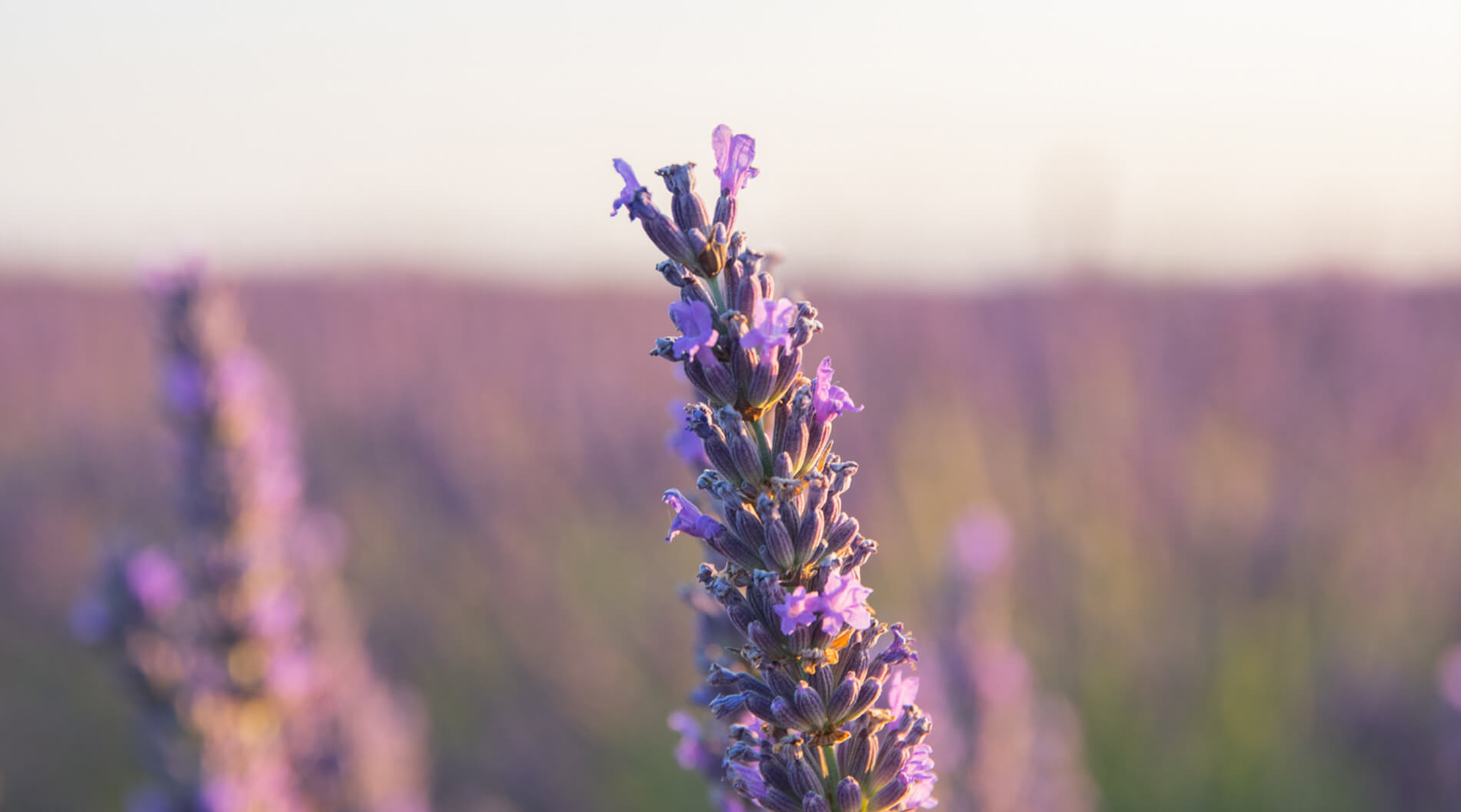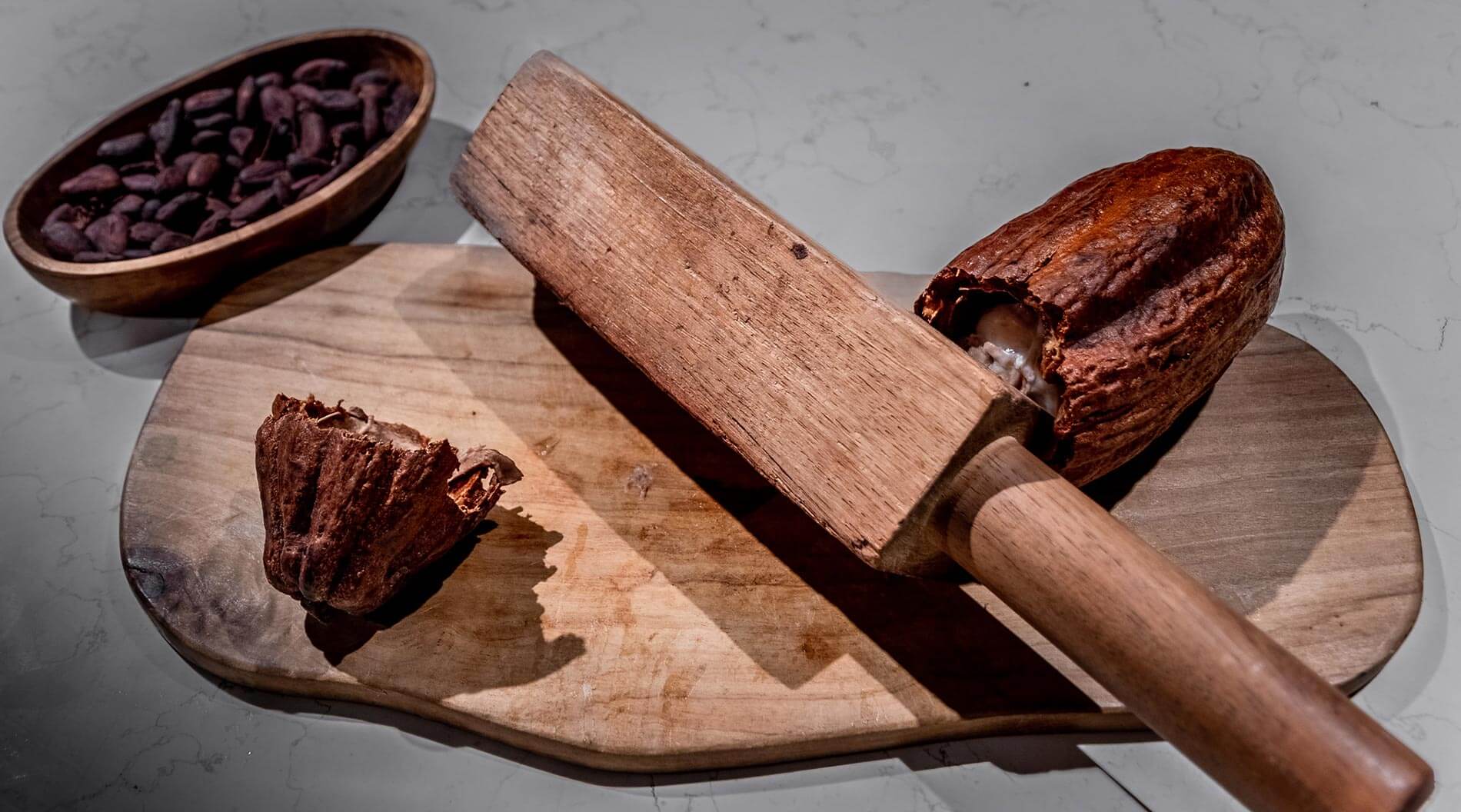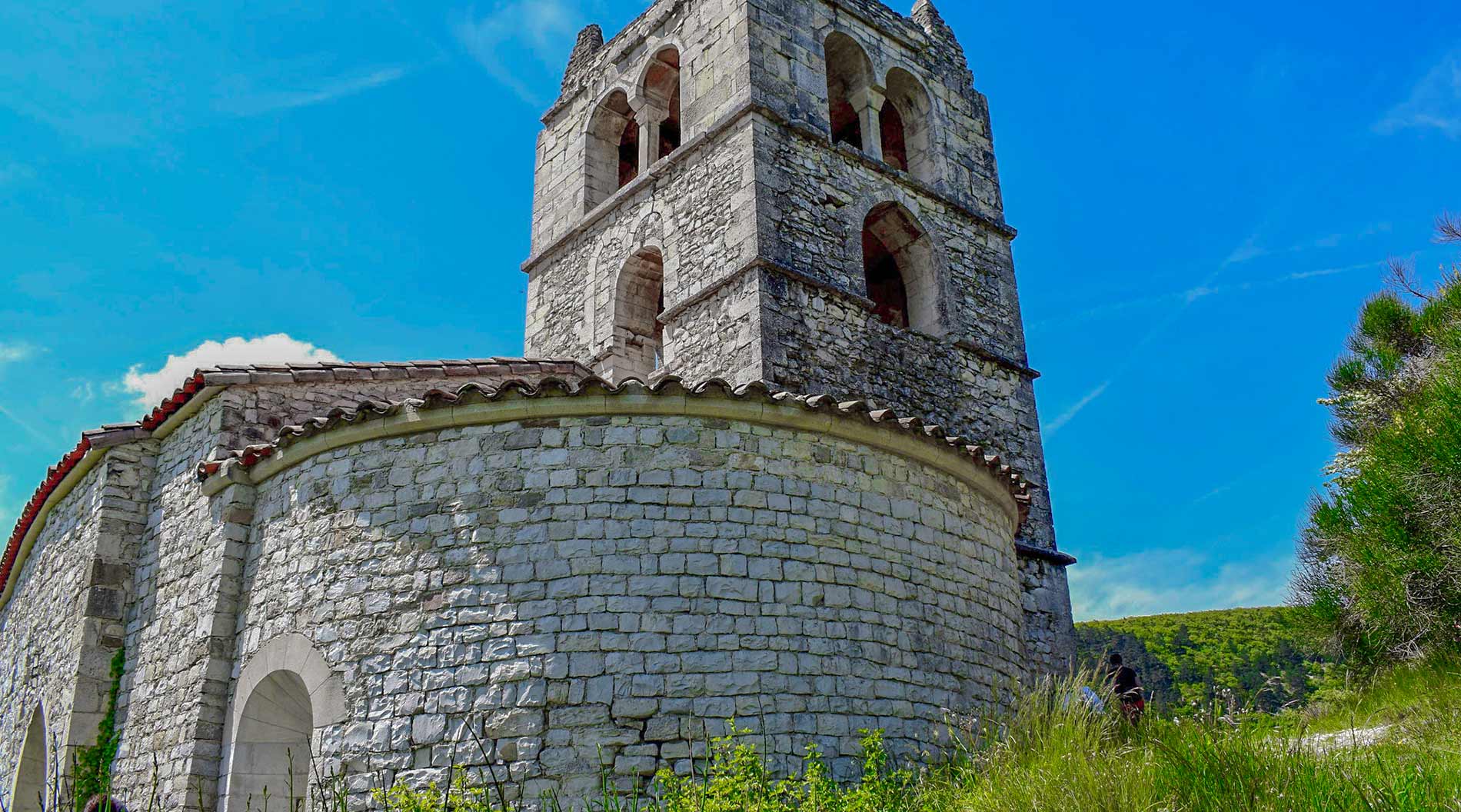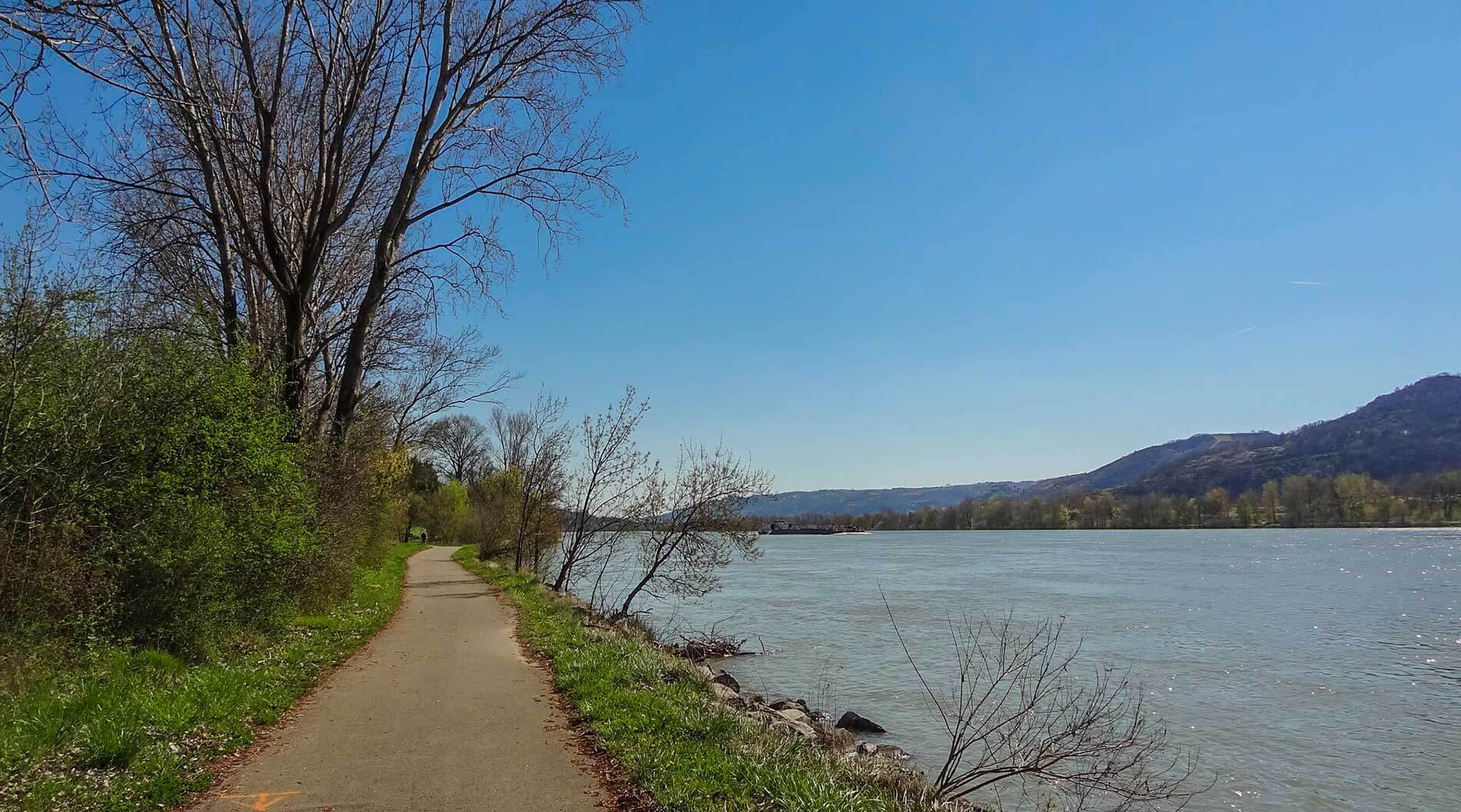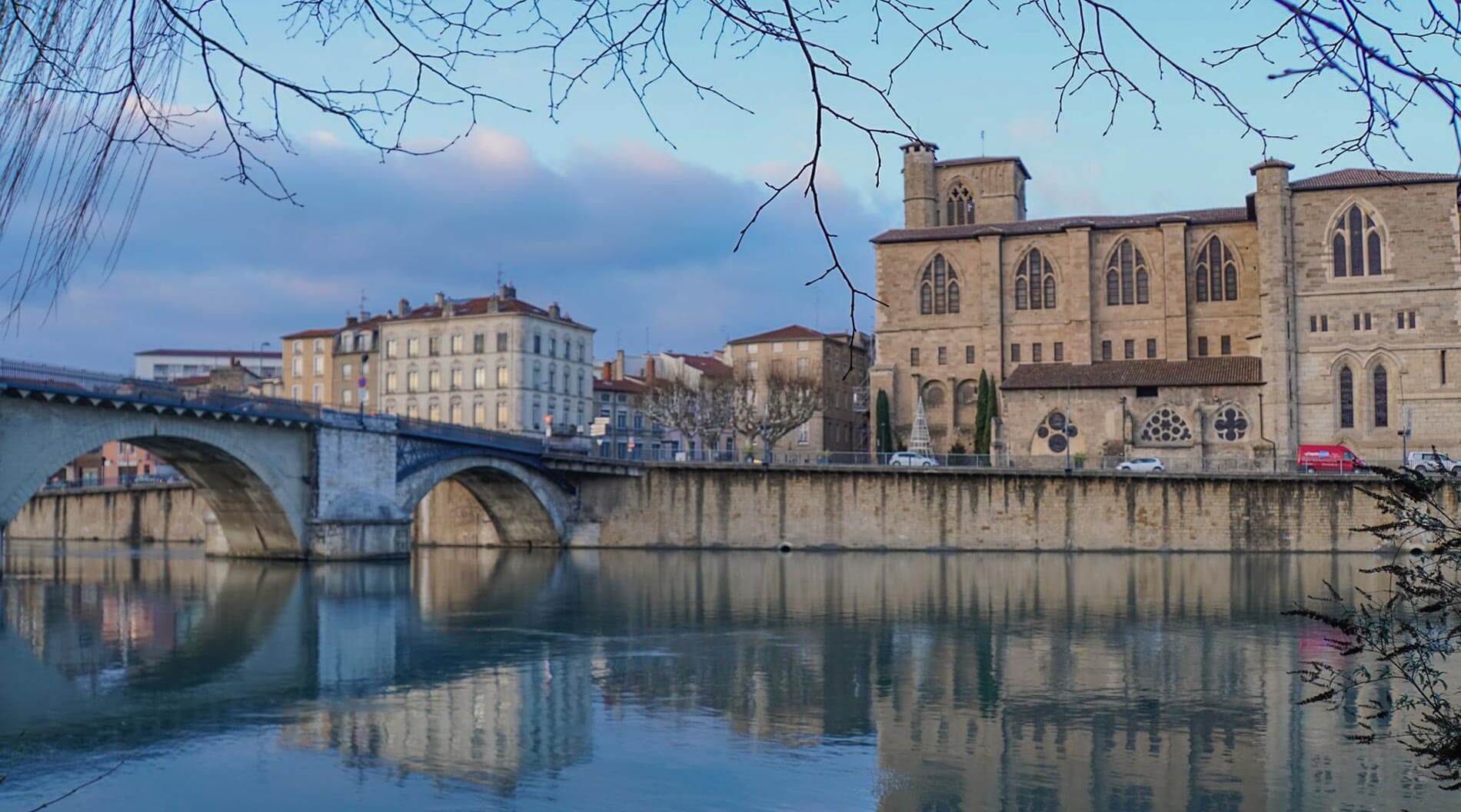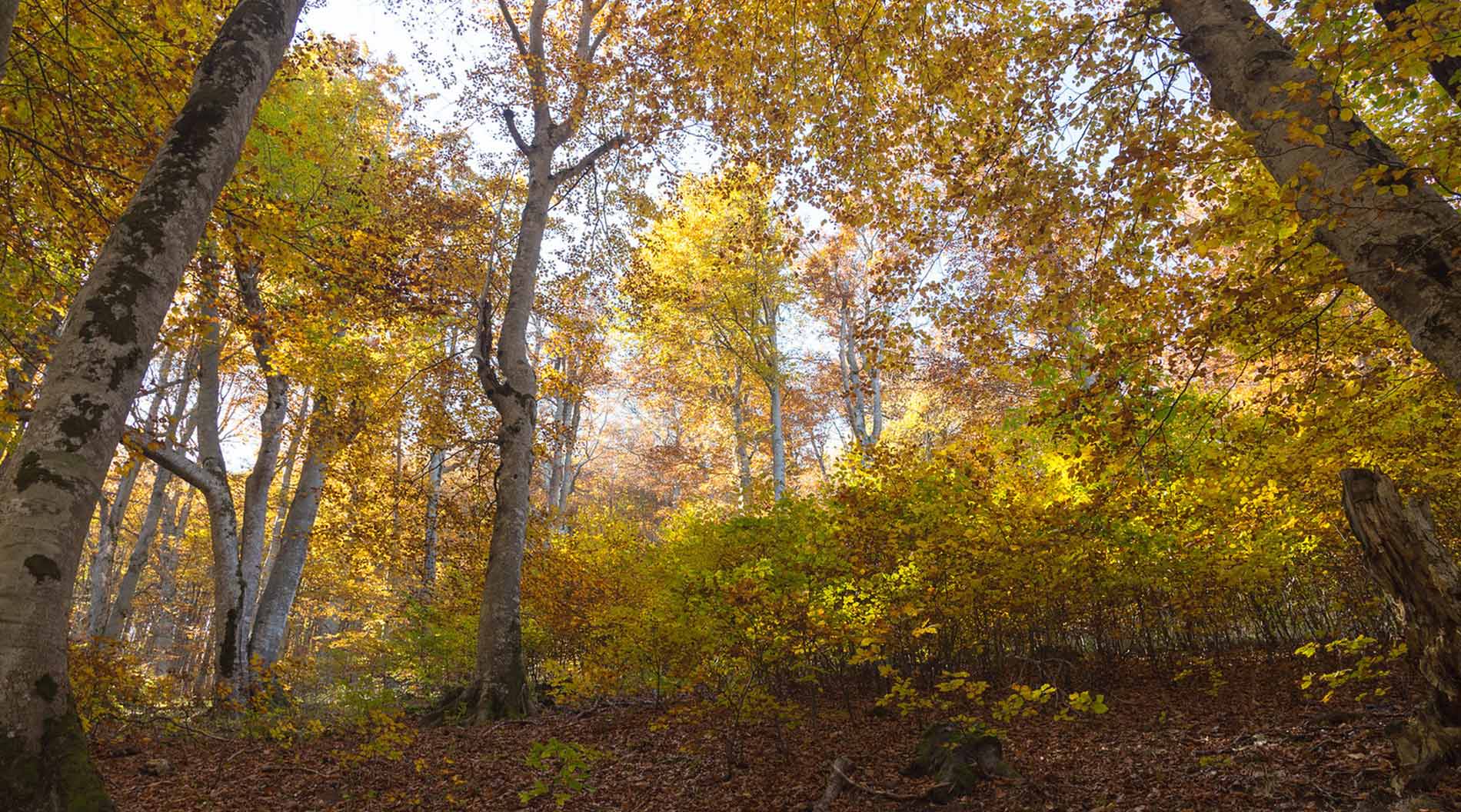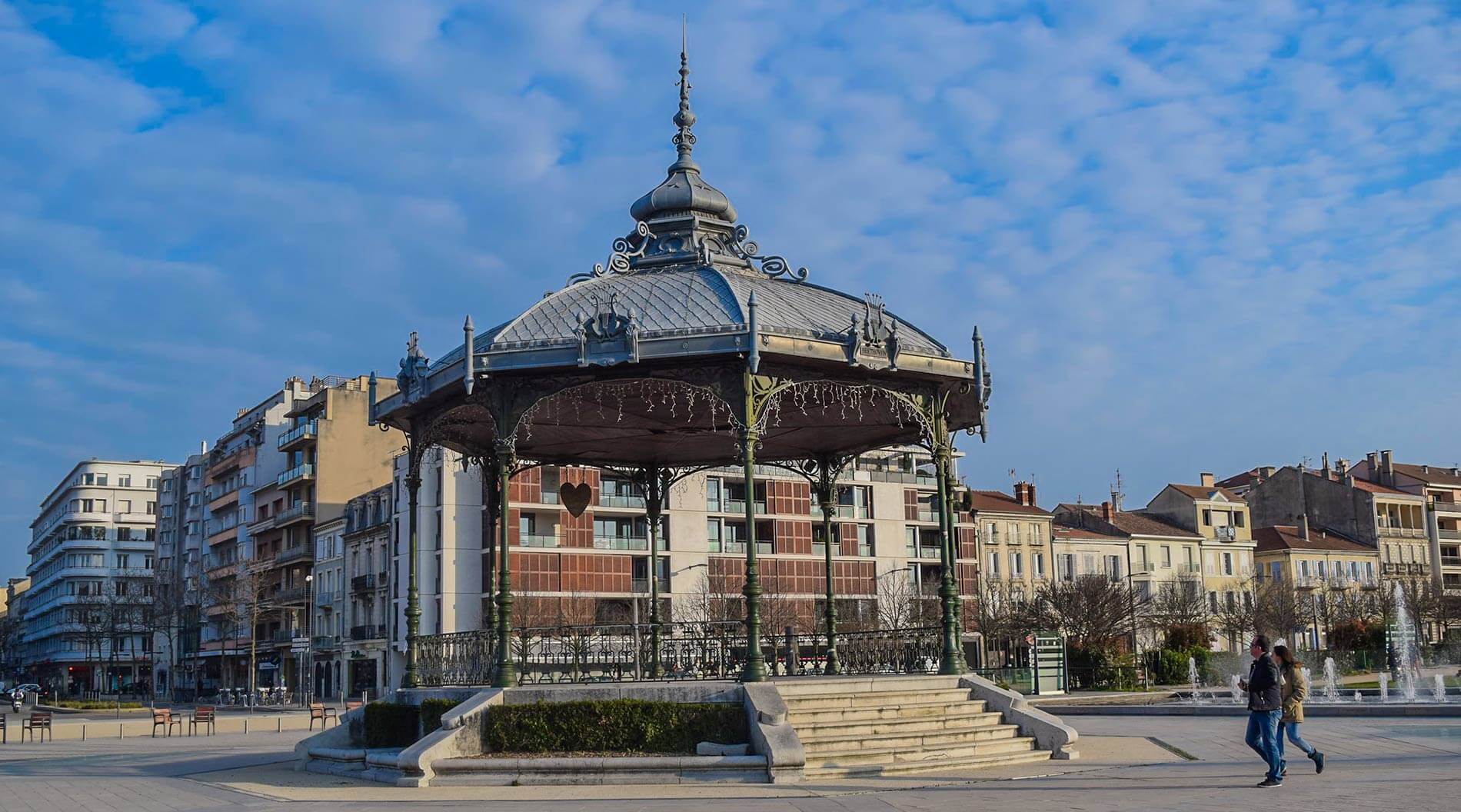The most beautiful lavender fields in France
It is an integral part of the landscapes of the Drôme, lavender is today the representative symbol of the region.
It is appreciated for its fragrance, but also for its therapeutic virtues: Fear, insomnia, burns, concentration, muscle relaxation, etc.
There are many small producers who grow organic lavender. You can visit the fields, participate in the distillation of your lavender and leave with your own bottle, or even enjoy a massage in the middle of the fields.
A real postcard landscape; you will certainly enjoy the colors.
Only in France will you find an entire region dedicated to fields upon fields of brightly-scented lavender. The incredible rows of mauve and purple draw thousands of tourists every year who are looking to enjoy nature’s true abundance and beauty. Starting in mid-June, these vast fields spring up with pops of color and come into full bloom, staying until about the end of July, and sometimes through to the middle of August.
Of course, there are very specific sites where you should plan to visit if vistas full of these gorgeous blooms are what you’re looking for. Luckily, Provence and the Drôme provide plenty of opportunities to revel in these majestic fields, as well as learn more about the significance and history of lavender, and the so-called lavender routes, that the region has come to be known for.
History of the Lavender Fields in France
If you’ve ever viewed images of the lush south of France region, you can’t help but imagine fields full of yellow sunflowers and purple lavender. Today, these natural blooms are famous the world over, but you may be surprised to learn that planting lavender was a bit of an accident. At first, lavender was one of the few flowers that could be supported in soils where nothing else could grow. Not only is lavender stunning to look at, but a hearty flower as well. Since soils with poor nutrients are so common an occurrence in the south of France, lavender quickly advanced from a novelty to a standard. You may also be surprised to learn that, historically, the region supported a larger number of lavender fields than those cultivated today. With the advances in soil restoration tools today, however, many farmers eventually managed to revive and fertilize the soil, appropriating it for viticulture and wineries instead. However, lavender continues to be celebrated in Provence with stories and myths of old.
One of the more esoteric retellings around lavender, for example, goes something like this: A fairy named Lavendula was born on the Montagne de Lure in the Alpes-de-Haute-Provence, in the middle of a field full of lavender. While searching high and low for a place to live, she eventually came into Provence. But, looking around, the fairy sadly realized that the landscape was robbed of its lush greenery, unable to support natural growth. Unable to hold back tears of grief, she cried and her tears made large spots on the landscape. From here, sprung these blossoms and, quite miraculously, lavender has been growing in Provence since that day, beautifying the natural area.
What is Lavender Used For?
Whether you chuckle at the creativity of that story, or you believe some part of it could be true, the prevalence and presence of lavender in this region of France continue to be significant. Lavender’s flowering period lasts from June through the end of July, and, in some years, extends to mid-August. Around this time of year is when you’ll see farmers preparing to harvest this beautiful blossom. It also means that these months are ripe for your visit to the region if you hope to capture the roving purplish landscapes of lazy lavender in your photos. Farmers vary their harvesting methods between manual, more traditional ways of picking these hearty blooms, versus mechanical harvesting that’s faster and more efficient for batches that will be sold.
The harvested lavender is used for various purposes. For example, when processed in the distillery, lavender is refined into a fragrant oil. In fact, lavender oil is well-known for its calming, pain-relieving properties, useful for those who need to feel calm and stress-free, especially when you’re heading to bed. Because of its pleasing and naturally calming scents, lavender is a favorite for use in various cosmetics and beauty products, such as soap, shampoo, perfume, and bath bubbles. Hearty and multi-purpose, lavender is also used in herbal and floral tea blends and even in recipes for cakes and ice-cream. Finally, the flowering herb is an important part of the local “Provencal” herbs, which also originate from the same area.
Lavender Routes in Drôme en Provence
Clearly, lavender leaves its mark on every aspect of local life — and, if you plan to experience the scents and colors of the lavender fields, an early summer visit to the region at our campsite in the Drome is a must! Take advantage of the various tourist routes along the vast lavender fields in Provence and the Drôme. Know widely as the “Lavender Routes,” traveling along these tracks will take you past dozens of fields, lavender “parties,” museums, distilleries, and shops. Throughout the Provence region there are nestled six routes that range between 70 and 200 kilometers long. One of these trails, for example, will allow you to visit the Lavender Market Montélimar and experience the many lavender products and nearby lavender parties for yourself.
You will also find countless lavender fields in Drôme. As you travel from the Provencal Drôme to the Vaucluse, you’ll be guided by the majestic Mont Ventoux as a guide in the distance. You can also travel from the Provencal Baronnies to the Buëch, passing through a particularly thriving area where lavender lives in all shapes and forms. The old Digne-les-Bains, sitting at the foot of the Alps, is also known as the “capital of lavender.” Make sure to visit its Lavender Museum, the perfect place to learn even more its iconic place in the culture and trade of the south of France.
As an integral part of the landscapes of the Drôme, lavender continues to be a symbol of the region. On your trip, you’ll certainly appreciate its subtle and warm fragrance. But that’s to say nothing of its therapeutic value. Today, it’s used to treat everything from anxiety and insomnia, to burns, and more.
If you’re interested in sustainable farming practices, make sure to visit any of the small-batch producers who grow organic lavender. Wander through their lovingly cultivated fields, learn how to distill your own bottle of lavender, or even enjoy a massage in the middle of the fields. What a novelty!
You may come expecting the breathtaking beauty of these landscapes, but you’ll leave with a true appreciation for the significance and history of lavender that you’ve experienced firsthand.
